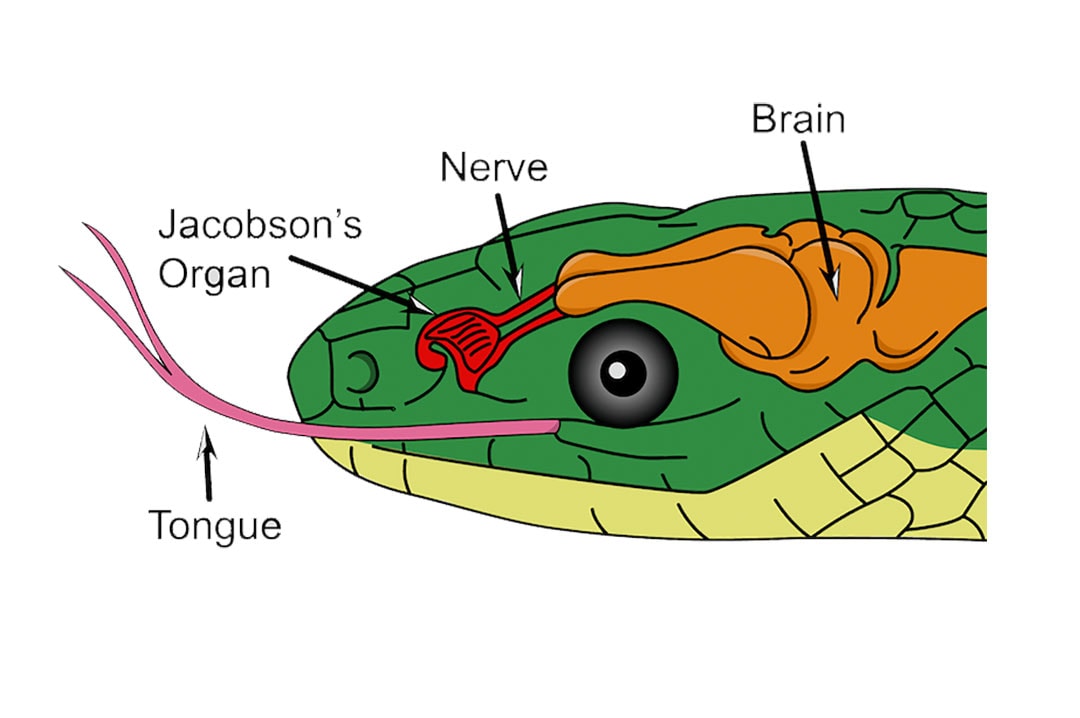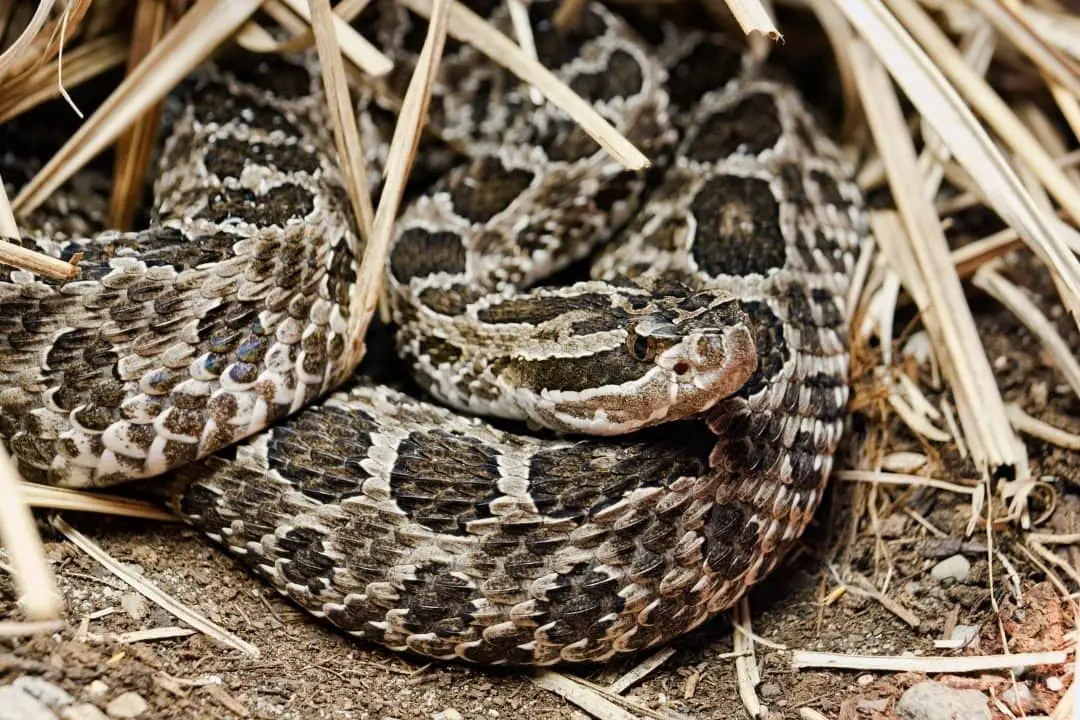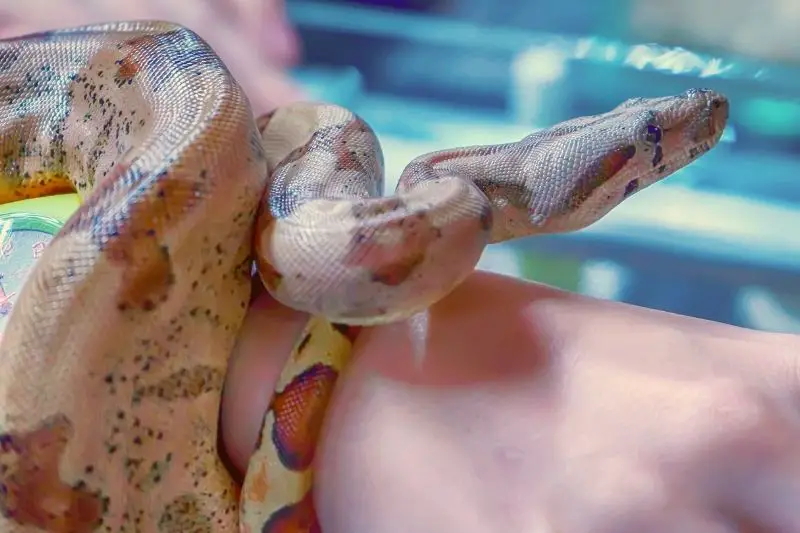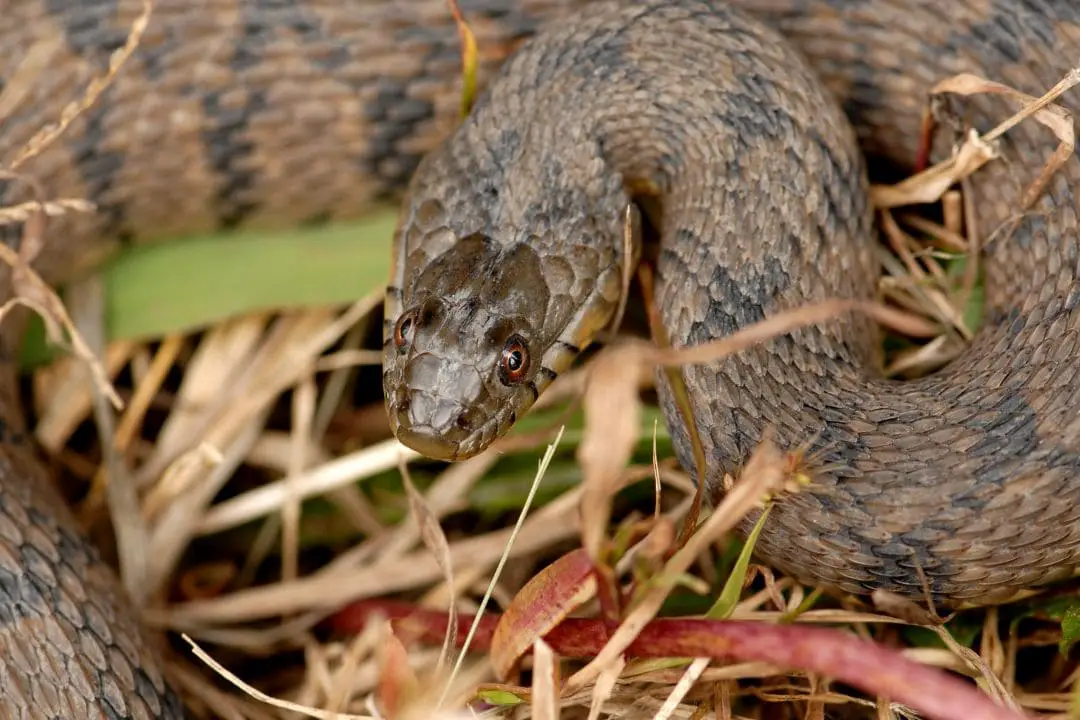You may have heard about the vomeronasal organ, also known as Jacobson’s organ. You may be wondering what this organ is and what it has to do with snakes.
What is the Jacobson’s Organ?
The Jacobson’s organ allows snakes to track heavy odor particles in the air. It is located on the roof of the mouth and snakes use their tongue to capture particles and bring it to the organ.
Jacobson’s Organ
The Jacobson’s Organ is also called the vomeronasal organ. It is part of the olfactory system. It can be found in many amphibians, mammals, and reptiles.
It is used for heavier particles that do not stay airborne. Many mammals like cats have a unique behavior known as the flehmen response to help expose the vomeronasal organ to more of a scent or pheromone.
Humans also have the Jacobson’s organ, though its exact function is hotly debated. In animals, it is used for sexual and social behavior.
This is because the organ is primarily responsible for carrying signals from pheromones. Since many snakes use pheromone trails to find mates, the Jacobson’s organ is incredibly important.
Olfactory Senses
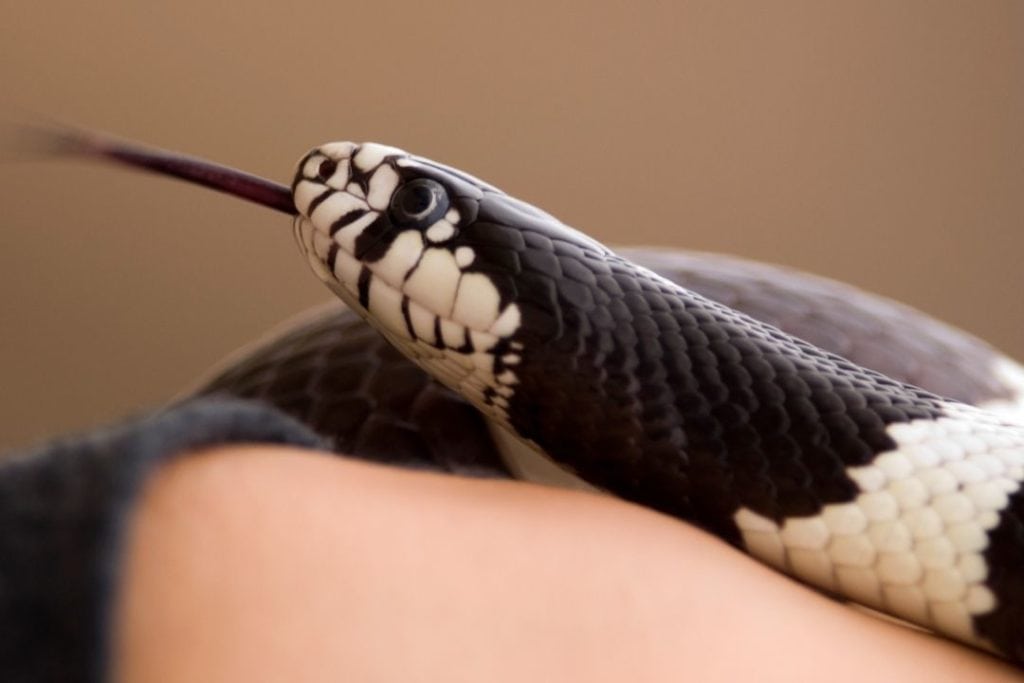
Different creatures have different primary senses. Dogs rely heavily on hearing and scent, while humans use sight and hearing. The primary sense of an animal says a lot about what it needs to find food and survive. Snakes primarily rely on their sense of smell.
Snakes do not have very good hearing, mainly able to hear via vibrations. Most species don’t have very good eyesight either, though Dionne diurnal and arboreal snakes use sight as an important hunting tool.
One this that unites all snakes is their strong sense of smell. Snakes have evolved a very unique method of smelling the world around them.
Snakes actually have two vomeronasal organs, with paths leading from each to the roof of the mouth. This unique adaptation allows them to smell in stereo.
The forked tongue of a snake can flick out and gather scent particle onto each tongue tip. The snake then retracts the tongue and presses the tips against the vomeronasal organ.
The paired organs can each determine how strong a scent is. This gives snakes smelling in stereo. They can easily figure out which direction has a stronger scent.
This lets them follow the scent of prey or potential prey with ease. It was initially proven that they can do this with scents on the ground. However, they can also do this stereo smelling in the air.
Snakes can rapidly flick their tongues up and down to create eddies in the air. This allows them to gather more scent particles. Since they keep the tongue tips separated, this still allows them to track a scent even in the air.
How Snakes Use Smell
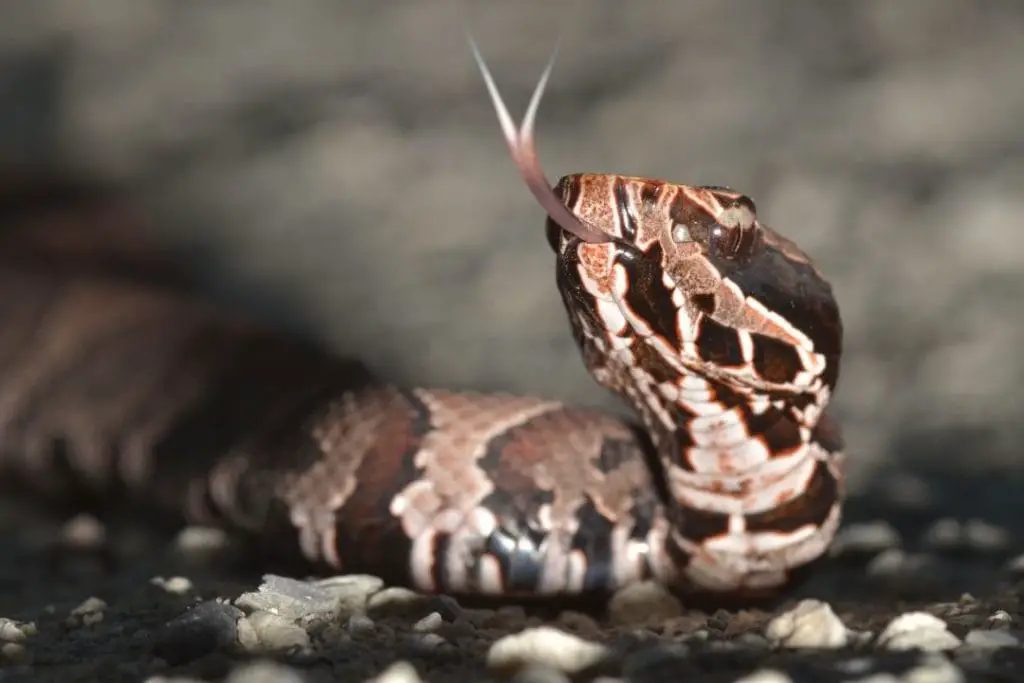
Since snakes use their sense of smell to understand their world, you should know how snakes use it. If you have ever seen a snake exploring a new area, you will notice that the animal will flick out its tongue in a regular, relaxed manner.
This is to gather the scents in the area and determine what may be in the area. This can let them find potential prey, mates, or predators.
Many snakes are also solitary, so smelling another snake that is the same species can help them avoid a fight. Smelling potential ground predators can help a snake stay safe in a new area.
Snakes can also find areas that prey commonly visit. This allows ambush species to find a good spot to wait for a meal. Active predators can use these trails to track down a meal.
A snake that is looking for a meal will flick its tongue more frequently. It will cast around trying to locate the strongest scent and use this to track down a meal. If you are handling a snake, these fast tongue flicks are a good warning that your snake may try to bite you.
Snakes rely heavily on their sense of smell.
Arboreal species like green tree pythons may not use it as much, but it can help them locate prey or predators. Fossorial or burrowing snakes rely almost entirely on their sense of smell.
Many species have either limited or no vision. They use scent and vibration to help them track down prey.
The blind snakes use this to target ants and termites. Nocturnal species frequently rely on their sense of smell to locate prey. Some like boas, pit vipers, and pythons do have the ability to sense heat.
This lets them target warm-blooded prey like mammals and birds. Many nocturnal snakes are also ambush predators and use smell to find areas where prey passes by frequently.
This allows the snake to find a good spot to wait. Being able to accurately detect the trails of prey and how long ago they passed by allows snakes to pick a spot that increases their chance of a successful meal.
While many ambush snakes can go months without food, they still prefer to eat as regularly as possible. This requires a good sense of smell.
A snake that lost the ability to smell would not live for very long in the wild. The Jacobson’s organ gives snakes an advantage over other predators.
Conclusion
The Jacobson’s organ or vomeronasal organ allows snakes to track prey and mates with a high degree of accuracy. By using their forked tongues, snakes can smell in stereo.
Much like our hearing, this allows snakes to tell where a scent is strongest to find a meal. If you have any questions or comments, please leave them below.
